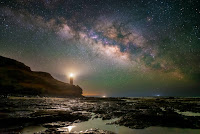Christ or Christendom?

‘Christendom’ is an idolatrous term used often to invoke Divine support of national and political institutions, agendas, and ideologies . In popular usage, the English term ‘Christendom’ refers to “that part of the world in which Christianity prevails,” either because the majority of a nation’s citizens claim to be Christian, or because a specific sect or denomination is recognized by the State as the country’s official religion.













